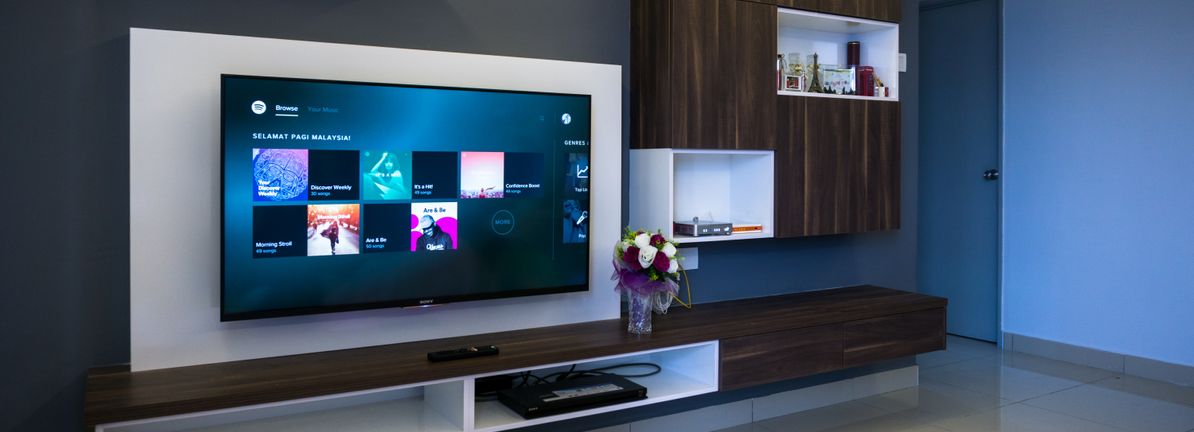Nintendo (TSE:7974) shares edged slightly lower today, slipping 1.4%. This move follows a relatively quiet trading session with no major company news released. Investors are left to weigh recent performance and valuation metrics.
See our latest analysis for Nintendo.
With Nintendo’s share price up more than 53% so far this year and an impressive 72% total shareholder return over the past twelve months, the recent slip feels more like a pause rather than a reversal. Momentum remains firmly on the company’s side after such a strong run, which suggests that investors are recalibrating expectations rather than abandoning the growth story.
If Nintendo’s recent surge has you curious about other opportunities, now is a great moment to explore fast growing stocks with high insider ownership.
But with shares trading near all-time highs, investors must now ask themselves whether Nintendo is undervalued after such gains, or if the market has already priced in every bit of its future potential.
Nintendo’s price-to-earnings ratio stands at 43.9x based on the latest close of ¥13,905, making it look expensive relative to both its peer group and the broader entertainment industry.
The price-to-earnings (P/E) ratio measures how much investors are willing to pay for each yen of current earnings. For a major entertainment company with widely recognized franchises, the P/E highlights how the market is weighing sustained profit generation and future growth prospects.
At 43.9x, investors are pricing Nintendo shares above the average for direct peers (35.8x) and notably above the JP Entertainment industry average (22.5x). This premium suggests that the market is confident in the company’s blockbuster franchises and its ability to post future earnings growth. However, it also sets a higher expectation for future performance. Compared to the estimated fair P/E of 46.7x, the current multiple is relatively close to what the market could reasonably support given Nintendo’s growth profile.
Explore the SWS fair ratio for Nintendo
Result: Price-to-Earnings of 43.9x (OVERVALUED)
However, risks remain, such as slowing profit growth or negative surprises in upcoming earnings, which could quickly test investor conviction in Nintendo’s rally.
Find out about the key risks to this Nintendo narrative.
While Nintendo looks expensive on earnings multiples, our SWS DCF model suggests a different story. According to this approach, the shares are currently trading well above our fair value estimate. This challenges the market’s optimism and raises the question: is sentiment running ahead of fundamentals?
